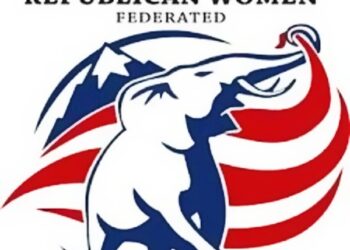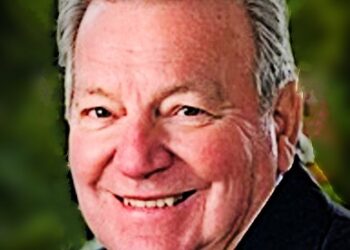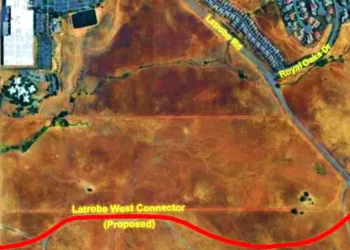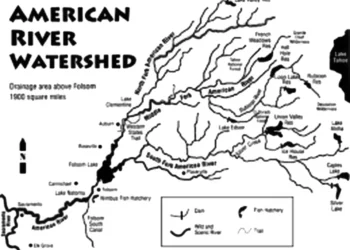El Dorado County (January 9, 2024) D3 Supervisor Wendy Thomas-
Wildfire, defensible space, vegetation management and insurance coverage are major issues for El Dorado County residents. On December 12, 2023, the Board of Supervisors received a presentation on an update to our Hazardous Vegetation and Defensible Space Ordinance. There has been a lot of concern regarding what this update might mean for all of us and a lot of misunderstanding about what this ordinance is and what it isn’t.
As I dug into the agenda item, I grew concerned about what the Ordinance might mean for our residents and our business/ag community. As I met with staff and fire industry professionals, I came to understand the intent of the ordinance. That said, I believe that the current code language in the ordinance does not fully describe the intent of the ordinance, especially how we intend to roll it out.
At the beginning of the December 12th agenda item, I came out of the gate and voiced these concerns, suggesting that we pause the approval and give additional time to both engage with the community and develop a clarifying Implementation Document. Ultimately, that is the direction the Board took, and we also had a robust discussion about the Ordinance. Below is a synopsis of my meeting notes to help break down where we are with this issue:
- This is not a new ordinance. It was adopted in 2019 and amended in 2020 and its purpose was to provide for the removal of hazardous vegetation and combustible materials in the unincorporated areas of the County to reduce wildfire risk.
- The 100 ft. defensible space requirement around structures is state law.
- State law also requires that if you are selling real property in a High or Very High Fire Hazard Severity zone, you need to provide the buyer with documentation stating that the property meets the defensible space requirements. This became state law July 1, 2021 (AB38). If documentation cannot be obtained prior to the close of escrow, seller and buyer may enter into an agreement for the buyer to obtain documentation and compliance. Staff suggested a timeline of 90 days after escrow.
- Proposed changes to our Ordinance include…
- An enforcement process which clarifies the administrative and abatement process. It also adds a “meet and confer” process so that property owners can obtain compliance to make their property and community safer.
- Definitions were added, modified and clarified including the definition of “structure”. In our Ordinance, the definition of structure was updated to include buildings which qualify for occupancy per our building code (trailers, mobile homes), commercial buildings, industrial and agricultural buildings, barns, storage and any accessory buildings that have a site address. Freestanding outbuildings less than 120 sq. ft are exempt from defensible space requirements.
- A “Good Neighbor Policy” was added to clarify the roles and responsibilities for creating and maintaining a 100-ft. defensible space clearance around a structure.
- We added ourselves into this Ordinance! State law exempts local governments from having to comply with these regulations under the definition of “Responsible Person”, but we felt that was not right. If our goal is a fire safe community, we also have to do our part!
At our BOS meeting, staff and Captain Shephard from El Dorado County Fire were particularly helpful in explaining that the intent of this ordinance is education, outreach and voluntary compliance, and that the defensible space requirements are more about strategic, intentional landscaping around a structure, NOT moon-scaping or a concrete jungle. Defensible space inspections will help property owners know what they actually need to do to be fire safe. I was also relieved to hear that since we enacted this ordinance in 2019, we have never assessed a fine. The enforcement process is there as a last resort to give us a tool to abate nuisance and hazardous properties (after a full due-process) if the property owner is not cooperative.
Following public comment, the Board continued the item off calendar and directed staff to develop an implementation document which describes the purpose of the Ordinance and how it is intended to be used. We also directed that community workshops be held over the next several months (on the West Slope and on the East Slope) to give you a chance to engage on this issue. If we do not understand our residents’ concerns and if our residents do not understand this ordinance, it will not be successful and ultimately, our community will not be as resilient as it could be if we all work together cooperatively.
Stay tuned for workshop dates, and I will look forward to seeing you there!










